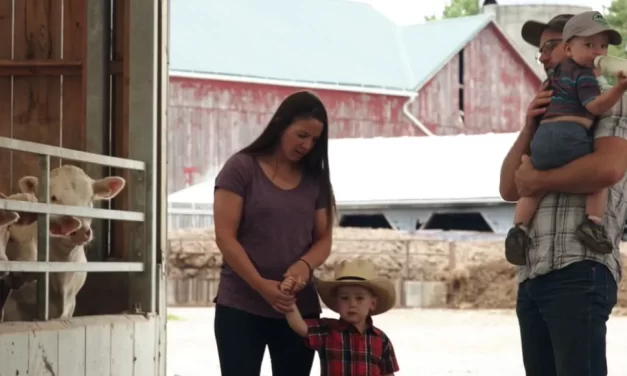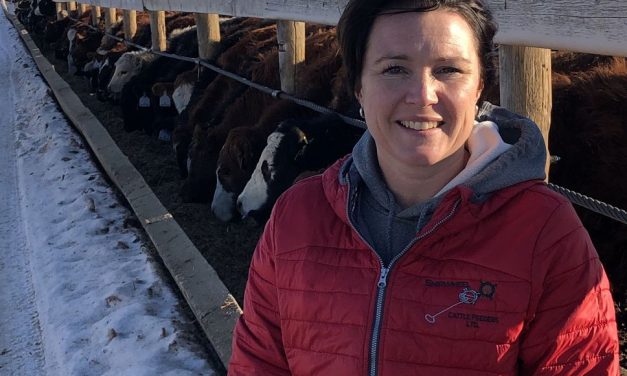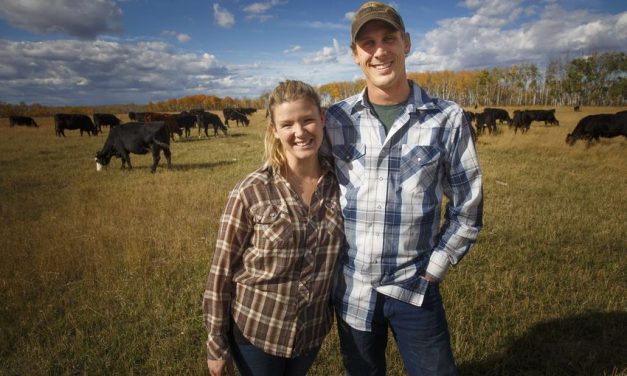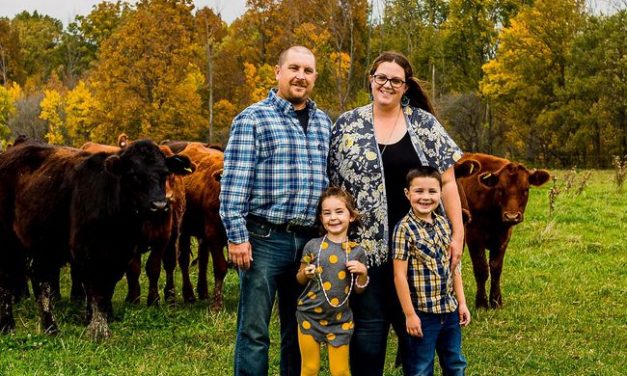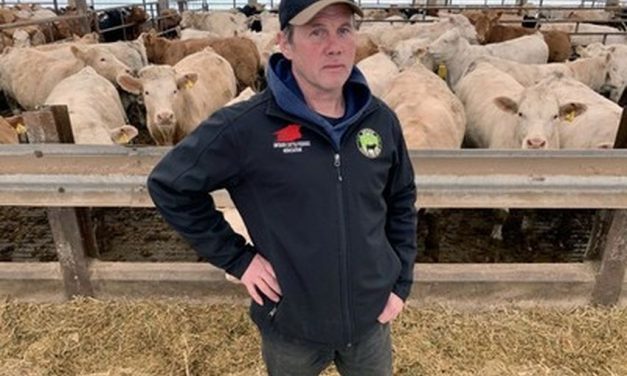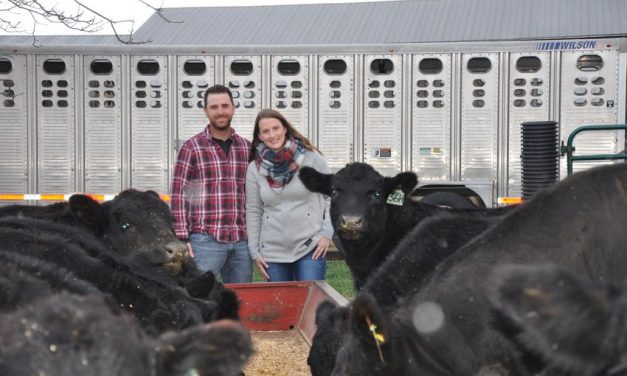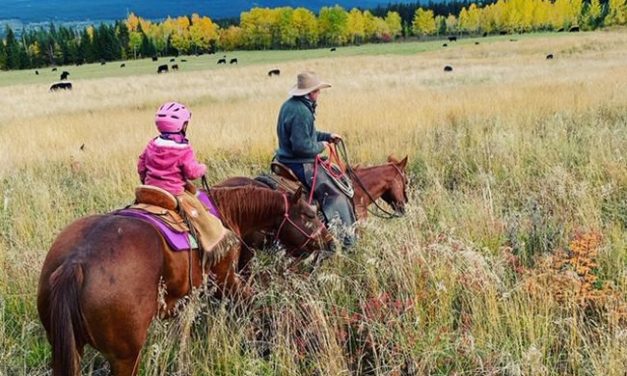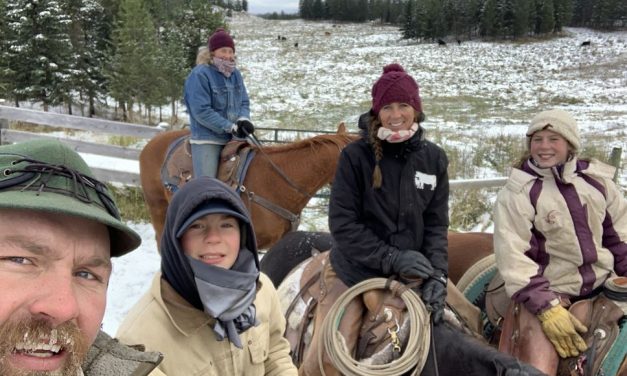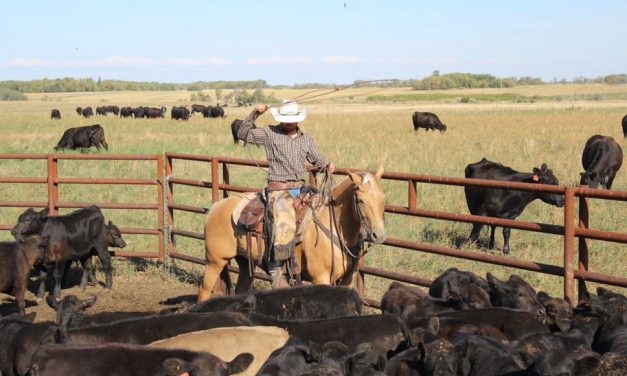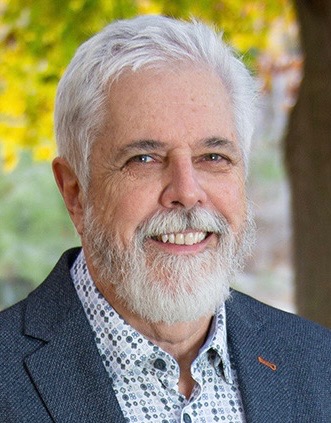Gliding through calving season: That’s the answer
Anne and Barry Wasko are Saskatchewan beef ranchers who practice a blend of old approaches and new technology to protect the future of their grasslands and their new-born calves. Chef James McFarland of the University of Saskatchewan shares the Wasko’s’s conservation credo and says that learning more about the food you cook and consume is a matter of sustainability.
Read More


